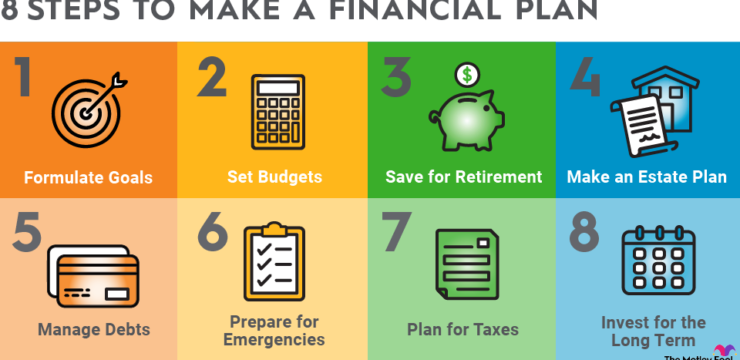
Life insurance is a financial safety net designed to provide peace of mind and security for your loved ones in the event of your passing. While the concept may seem straightforward, understanding how it works and determining the right policy for your needs can feel overwhelming. In this article, we’ll break down the essentials of life insurance, how it operates, and tips for selecting the best policy for your situation.
What Is Life Insurance?
Life insurance is a contract between you and an insurance company. In exchange for regular premium payments, the insurer promises to pay a lump sum, known as a death benefit, to your beneficiaries upon your death. This financial support can be used to cover expenses such as funeral costs, outstanding debts, mortgage payments, and everyday living expenses, ensuring that your loved ones are not left in financial hardship.
How Does Life Insurance Work?
Life insurance policies generally involve three key components:
Policyholder: The person who owns the insurance policy and is responsible for paying premiums.
Insured: The individual whose life is covered by the policy.
Beneficiary: The person or entity designated to receive the death benefit.
When you purchase a policy, you agree to pay premiums regularly—either monthly, quarterly, or annually. If you pass away while the policy is active, your beneficiaries will receive the agreed-upon death benefit. Some policies also accumulate a cash value component, which can be accessed or borrowed against during your lifetime.
Types of Life Insurance
There are two primary types of life insurance:
Term Life Insurance:
Provides coverage for a specific period (e.g., 10, 20, or 30 years).
Typically more affordable with no cash value component.
Ideal for individuals looking for temporary coverage, such as during the years when children are dependent or while paying off a mortgage.
Permanent Life Insurance:
Offers lifelong coverage as long as premiums are paid.
Includes a cash value component that grows over time.
Subcategories include whole life, universal life, and variable life insurance.
Factors to Consider When Choosing a Policy
Selecting the right life insurance policy requires careful consideration of your financial needs, goals, and circumstances. Here are some key factors to keep in mind:
Coverage Amount: Calculate how much money your beneficiaries would need to maintain their lifestyle, pay off debts, and cover future expenses, such as education costs.
Policy Term: For term life insurance, choose a term length that aligns with your financial obligations, such as the years until retirement or until your children become financially independent.
Budget: Ensure the premiums fit within your budget. While permanent policies offer more benefits, they are typically more expensive than term policies.
Health and Age: Premium costs are influenced by your age, health, and lifestyle. Younger, healthier individuals usually receive lower rates.
Riders and Add-Ons: Consider additional features like waiver of premium, critical illness coverage, or accidental death benefits to enhance your policy.
How to Get Started
Assess Your Needs: Start by evaluating your financial responsibilities and goals. Use online calculators or consult with a financial advisor to estimate your coverage needs.
Compare Policies: Shop around and compare quotes from multiple insurers to find the best rates and terms.
Understand the Terms: Read the fine print to ensure you understand what is covered, excluded, and required to keep the policy active.
Seek Professional Advice: An insurance broker or financial advisor can help you navigate the options and select a policy tailored to your situation.
Final Thoughts
Life insurance is more than just a financial product—it’s a tool to protect the people you care about most. By understanding how it works and carefully evaluating your needs, you can choose a policy that provides both security and peace of mind. Remember, the best time to purchase life insurance is when you’re young and healthy, as it’s more affordable and accessible.
Investing in life insurance today means your loved ones will have the support they need when they need it most.






